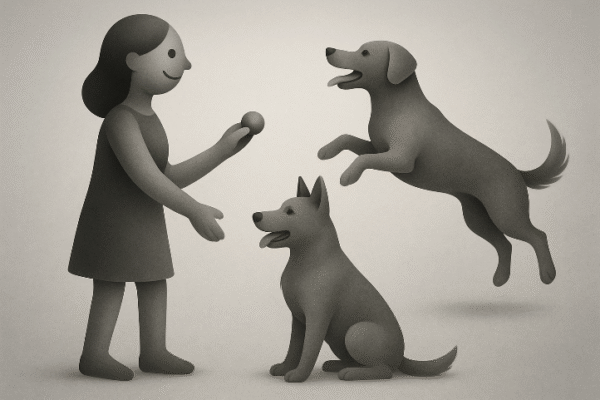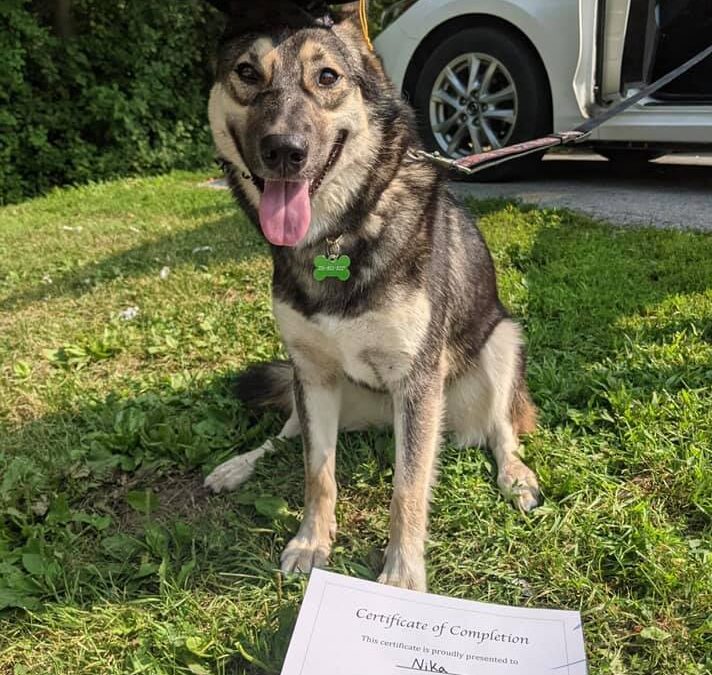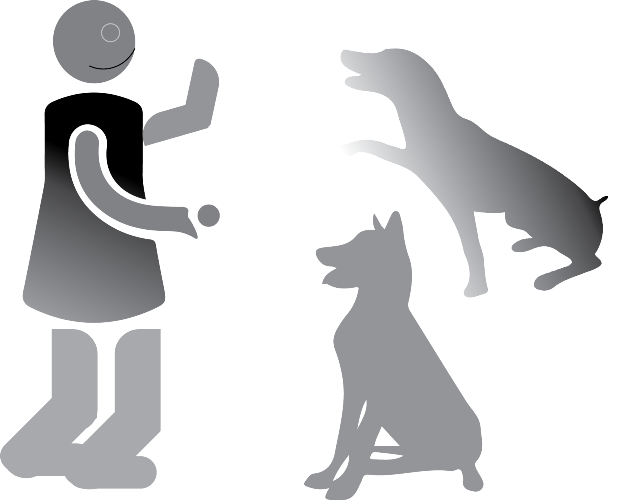 If you have a dog, or know someone with a dog you have probably heard about the importance of socialization! As new puppy owners, the term “socialization” gets drilled into your head. You MUST socialize this puppy otherwise it will be aggressive as an adult! Rescues often put in the description of their dogs who are either leery of humans or dogs (or aggressive towards them) that the dog was undersocialized as a puppy.
If you have a dog, or know someone with a dog you have probably heard about the importance of socialization! As new puppy owners, the term “socialization” gets drilled into your head. You MUST socialize this puppy otherwise it will be aggressive as an adult! Rescues often put in the description of their dogs who are either leery of humans or dogs (or aggressive towards them) that the dog was undersocialized as a puppy.
While we totally agree that proper socialization (key here is proper, and not just letting anyone and everyone tough and pick up your puppy, and definitely not taking them to the dog park) is super important, it may not be as crucial as you think. But how can that be? Socialization is the answer to all of your dog’s problems right? Nope! In fact over socialization is certainly a thing and cause it’s own set of issues. However, what we are talking about here is the fact that “training” and/or “socialization” cannot always and often does not override genetics.
Take for example children, sending them to school and doing all the extra curricular activities…while yes we should be getting our kids out and doing things with other people, these do not guarantee that your child will be an outgoing, super social butterfly who loves all the sports and activities. I myself attended public school, participated in countless activities (competitive dance, cheerleading, swimming, horseback riding, piano, skiing and more). I however, am extremely introverted, hate public speaking, have social anxiety and would take a small group of 2-4 people over a large party any day.
In fact, the thought of going to a large social gathering often makes me physically ill. My son who is now 6 attended daycare, preschool and Junior Kindegarten, played soccer, T-ball, took swimming lessons and gymnastics. He is also very shy, takes awhile to warm up to people and situations and would prefer 1-2 kids to play with than a big group. There are also plenty of people out there who did not participate in tons of activities, and many who were homeschooled and they are very outgoing, love big groups and gatherings.
Just like people, our dogs have their own distinct personalities. They are also specific breeds, and they are a product of their ancestors and genetics. On top of that, the real socialization window is actually from 3-14 weeks, so unless you are actively working on it then, you will just be training to undo whatever lack of socialization or bad experiences they had during that window. Due to this, finding a quality breeder who knows all about the critical window of opportunity is going to also play a huge role in who your dog becomes (but again not guaranteed because of course there are backyard breeders who have friendly dogs out there as well).
So while socialization is important, and proper socialization gives your puppy the best chance at being a well rounded adult dog, it does not guarantee they will love everyone and everything! We strongly suggest that you do focus on proper socialization to give your puppy the best chance at being a well rounded, friendly adult dog, remember that it does not guarantee anything!



 View on
View on
